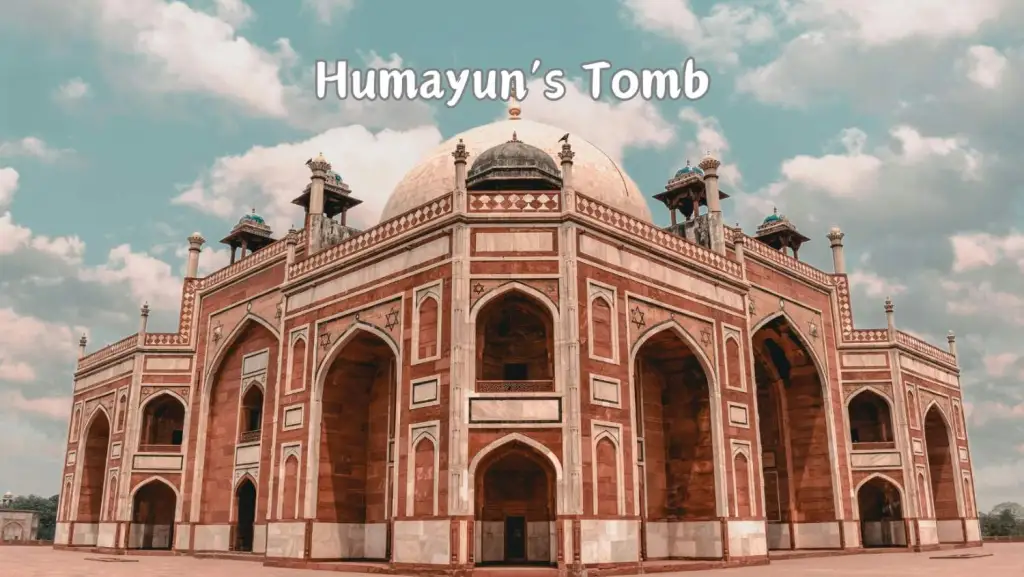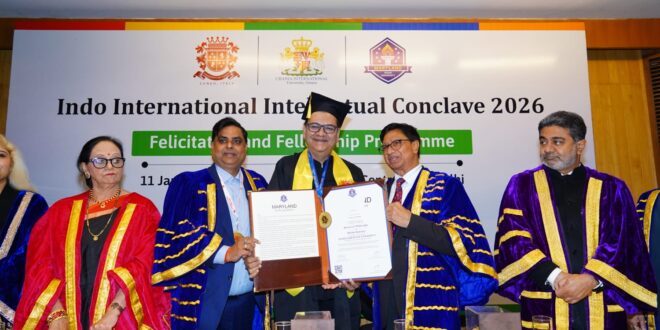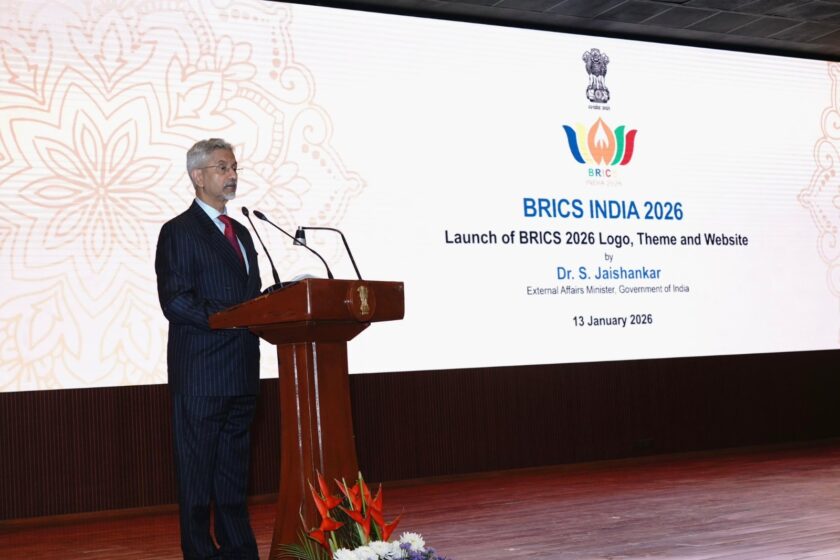New Delhi: The story of the life and travel of Mughal emperor Humayun will be revealed in the underground museum built here in more than 700 artifacts and five large galleries. This underground museum built in Humayun’s tomb is going to open to the public from August 1. If you want to see the history of 7 cities settled in Delhi in 2500 years, various arts, rule and society of that period under one roof, then you can come to this museum built in Humayun’s tomb. The 3D, 270-degree screen has been used in such an excellent way that you can be surprised to see yourself in the history of the past.
Success after 10 years of hard work

The Archaeological Survey of India (ASI) and the Aga Khan Trust for Culture (AKTC) have succeeded in building this museum after about 10 years of hard work. A 100-seat auditorium has also been built in the museum. A separate service block is also included with temporary galleries, space for a cafe, meeting rooms and a library. AKTC’s patron architect Ratish Nanda said that there will be three separate entry tickets of ₹50 each for Sundar Nursery, Humayun’s Tomb and the new museum. However, a joint ticket will also be available for these three sites which will cost Rs 110.
Museum to be inaugurated on 29th July
Humayun’s Tomb Museum has more than 500 such artifacts from the National Museum, ASI and AKTC museums which were never seen before. The museum will be inaugurated on 29th by Union Tourism and Culture Minister Gajendra Singh Shekhawat. The construction of the country’s first underground museum started in April 2015 in the 16th century tomb here.
What is special

– One of the rarest things is a coin from Akbar’s time, on one side of which is written ‘Allahu Akbar Jallajalalahu’ and on the other side is ‘Ram’. Only three such coins exist.
– Bahadur Shah Zafar’s throne
– Coins of Mughal emperors
– 18 feet long urn
– A warrior’s helmet from the 16th or 17th century
Main gallery
– ‘Where the Emperor Rests’ focuses on the architecture of Humayun’s tomb and the personality of Emperor Humayun expressed through stories of his travels, administration of his kingdom, his interest in reading, astrology and art.
– The gallery, ‘Icons of a Sacred Landscape’ focuses on four iconic cultural personalities associated with the Nizamuddin area since the 14th century. These are the 14th century Sufi saint Hazrat Nizamuddin Auliya and his disciple, the poet Amir Khusro Dehlvi – who created the Qawwali music genre.









